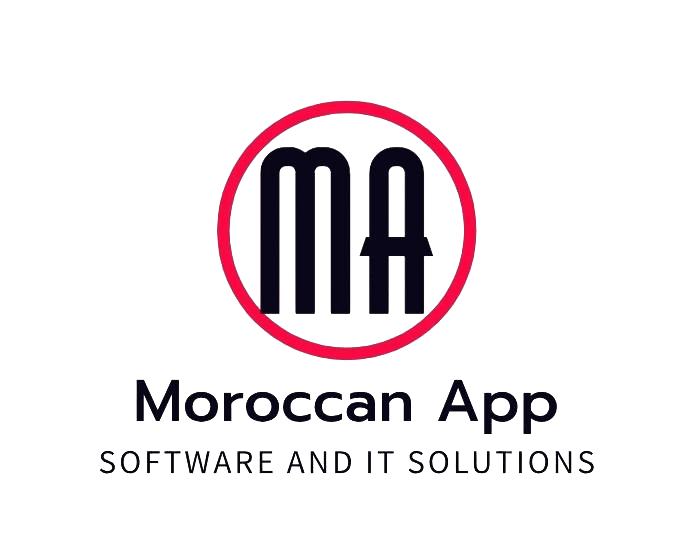An essential communication tool, the website is one of the most effective ways to communicate and attract new customers. If you don’t yet have a site or your brand needs a new website, here are the few steps to follow for creating a website in Morocco !
1. Identify your goals and define a strategy
Firstly, before even planning the creation of a Moroccan website or the redesign of a site, you should collect as much information as possible. Check what works on your current site, look at the competition’s sites and take into account the comments of colleagues and customers on what already exists.
If you hire an expert to develop your website, they will ask you questions about your goals, your target audience and your priorities.
Answer the basic questions
To begin defining the structure of your website, you must first answer these four questions: what are your goals and needs? Do you want to promote a service, a product, specific information (product showcase site, blog, ecommerce, educational site, site based on a theme)? Who is your target audience? What will be the content of the site?
Define your strategy
Identify in advance the keywords useful for your SEO on search engines. Likewise, you must choose a theme for your website, as well as a target audience. For quality SEO, the site should be devoted to a unique and well-defined theme. Finally, you will need to determine the social networks on which to communicate (Linkedin, Facebook, YouTube, Instagram, etc.) and what type of web marketing action you will implement (affiliation, sponsorships, emailing, etc.).
2. Define your name, accommodation and budget
The second step is to lay the foundations of your future website. Some important decisions to make.
Choose a domain name
If your site is a brand, take the name of that brand if the domain is available. Otherwise choose a name that is easy to remember, identifiable, not too long, easily referenced and why not with a keyword representative of your activity.
Choosing accommodation
There are two hosting possibilities: if you have servers and a team capable of intervening, you can internalize the hosting. Less expensive because it does not entail additional costs, it requires a team available 24 hours a day to ensure continuous and quality service.
You can also outsource the hosting of your site to a professional host (shared servers or dedicated servers).
Write specifications
The specifications are important to list all the tasks to be carried out for the creation of a Moroccan website . In addition, it also contains the constraints that stakeholders will face in carrying out their project.
Define the structure of your site
Creating a tree structure for your site will allow you to think about the organization of content. Indeed, at this stage you will have to define key aspects related to positioning on search engines. Hence the importance of keywords, which you will have worked on beforehand.
3. Design and creation of your model
The design and creation of a Moroccan website and your model will follow. At the end of this step you will see what your site will look like (content, your brand logo, structure, color code and photos). This is also where you can make the first modifications.
Write content
Creating quality and original content is essential for good SEO. Also consider calling on a “microcopy” specialist to properly work on all the text on the site. Writing in a clear, effective but also attractive way is not so easy.
To stand out from the competition, you must integrate “microcopy” into your UX strategy. Know that a few words could be enough to improve the conversion potential of your website. A simple sentence can reassure Internet users and convince them to contact you.
Create site wireframes
The wireframe is the functional model of your site. It presents the graphic and aesthetic aspects, which allows you to focus on the organization of the content and the navigation path. The chosen structure must be in accordance with your SEO strategy.
4. Web development
The programmers come into play! The web integrator will transform your graphic models into indexable pages, via programming lines in CSS (for colors) and HTML (to structure the pages).
Integration of site pages
The front-end developer will transform the graphic models into pages interpretable by any web browser. Micro-interactions as well as visual animations will be carried out at this time.
Interaction with the database
If your site needs to store information, you will need a database. The back-end developer comes into play to add a database and a dynamization layer to the static HTML pages.
The interaction of your site with the database will be done through other development languages, such as PHP or ASP.
Carrying out the tests
Before your site goes live, it is recommended to carry out tests to ensure that each page works. Once everything is up and running and the site is running smoothly, it’s time to put it live.
Read More: Creation and Design of your website






